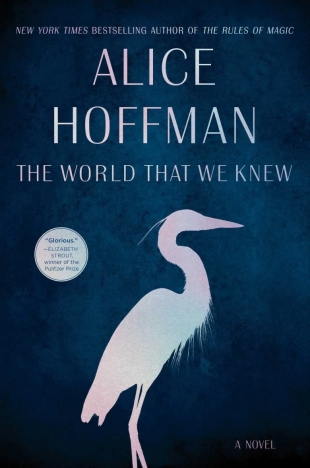 The World That We Knew
The World That We Knew by
Alice Hoffman Also by this author: Faithful,
Practical Magic  Published by Simon & Schuster
Published by Simon & Schuster on September 24, 2019
Genres: Historical Fiction,
Fantasy Pages: 384
Source: Netgalley Amazon |
Barnes & Noble |
The Book Depository Goodreads FTC Disclosure: I received a complimentary copy of this book from the publisher via Netgalley. All opinions are my own.
THE WORLD THAT WE KNEW Review
I’m very hit or miss when it comes to books that feature magical realism. The one author whose books are an exception to that is Alice Hoffman. When I saw that she had a new novel coming out, I immediately requested it, especially once I saw that it was set during WWII. I know WWII fiction has dominated the historical fiction market for a while now and that it seems like every possible story has already been told, but I was also sure that Hoffman would bring something new to the table. And I’m happy to say she did not disappoint.
With The World That We Knew, Hoffman delivers a powerful story of love, sacrifice, and survival. It begins in Berlin in 1941, where a Jewish woman named Hanni Kohn is faced with an impossible decision. She knows it’s time to get her family out of Germany before it’s too late, but she also knows that her elderly mother is too sick to travel and will refuse to leave her home anyway. Hanni make the heart wrenching decision to stay with her mother but to send her own daughter, 12-year-old Lea, away so that she has a chance to escape from the Nazis and survive. Hoffman does a beautiful job painting a portrait of a mother who is willing to do absolutely everything she can for her family, even if it means sacrificing herself. Hanni’s love comes through loud and clear in every sentence as she desperately seeks someone who can help get Lea out of Germany.
The story takes a magical turn when Hanni is directed to a rabbi who can help her. It isn’t the rabbi who eventually helps, however. It’s his daughter, Ettie. Ettie has watched her father at work for years and she knows how to create a mystical Jewish creature called a golem. A golem is a creature made out of clay whose sole purpose is to do whatever its creator asks it to do. In this case, Ettie asks the golem, who she and Hanni name Ava, to serve as a protector for Lea and to do everything in its power to ensure she does not fall victim to the Nazis. The rest of the story revolves around Lea, Ava, and Ettie whose lives become intertwined as they each strive for survival in wartime Germany and then France.
I don’t want to say anything else about the plot because I think each of their journeys is best experienced spoiler-free, but I will say that the story explores many powerful themes that resonated with me. It explores love in many different forms, including the love between a mother and child, the love between sisters, and even first love, which somehow still manages to blossom even in the middle of a war zone. Hoffman also explores sacrifice, resistance, and the strength and resilience that it takes to survive in such a dark time. With her inclusion of the golem and even Azrael, the Angel of Death, The World That We Knew almost reads like a fairy tale or fable and it’s that element that raises Hoffman’s version of historical fiction to a level all on its own.
Alice Hoffman is one of my favorite authors not just because her writing is gorgeous, but also because she uses magical realism in a way that is truly captivating. I don’t know how she manages to do it so consistently and effectively, but the magic she infuses into her stories always ends up seeming so convincing and authentic that it leaves me with a feeling that perhaps there is a little magic in the world after all.

GOODREADS SYNOPSIS:
In 1941, during humanity’s darkest hour, three unforgettable young women must act with courage and love to survive, from the New York Times bestselling author of The Dovekeepers and The Marriage of Opposites Alice Hoffman.
In Berlin, at the time when the world changed, Hanni Kohn knows she must send her twelve-year-old daughter away to save her from the Nazi regime. She finds her way to a renowned rabbi, but it’s his daughter, Ettie, who offers hope of salvation when she creates a mystical Jewish creature, a rare and unusual golem, who is sworn to protect Lea. Once Ava is brought to life, she and Lea and Ettie become eternally entwined, their paths fated to cross, their fortunes linked.
Lea and Ava travel from Paris, where Lea meets her soulmate, to a convent in western France known for its silver roses; from a school in a mountaintop village where three thousand Jews were saved. Meanwhile, Ettie is in hiding, waiting to become the fighter she’s destined to be.
What does it mean to lose your mother? How much can one person sacrifice for love? In a world where evil can be found at every turn, we meet remarkable characters that take us on a stunning journey of loss and resistance, the fantastical and the mortal, in a place where all roads lead past the Angel of Death and love is never ending.

About Alice Hoffman

Alice Hoffman was born in New York City on March 16, 1952 and grew up on Long Island. After graduating from high school in 1969, she attended Adelphi University, from which she received a BA, and then received a Mirrellees Fellowship to the Stanford University Creative Writing Center, which she attended in 1973 and 74, receiving an MA in creative writing. She currently lives in Boston.
Hoffman’s first novel, Property Of, was written at the age of twenty-one, while she was studying at Stanford, and published shortly thereafter by Farrar Straus and Giroux. She credits her mentor, professor and writer Albert J. Guerard, and his wife, the writer Maclin Bocock Guerard, for helping her to publish her first short story in the magazine Fiction. Editor Ted Solotaroff then contacted her to ask if she had a novel, at which point she quickly began to write what was to become Property Of, a section of which was published in Mr. Solotaroff’s magazine, American Review.
Since that remarkable beginning, Alice Hoffman has become one of our most distinguished novelists. She has published a total of twenty-three novels, three books of short fiction, and eight books for children and young adults. Her novel, Here on Earth, an Oprah Book Club choice, was a modern reworking of some of the themes of Emily Bronte’s masterpiece Wuthering Heights. Practical Magic was made into a Warner film starring Sandra Bullock and Nicole Kidman. Her novel, At Risk, which concerns a family dealing with AIDS, can be found on the reading lists of many universities, colleges and secondary schools. Hoffman’s advance from Local Girls, a collection of inter-related fictions about love and loss on Long Island, was donated to help create the Hoffman Breast Center at Mt. Auburn Hospital in Cambridge, MA. Blackbird House is a book of stories centering around an old farm on Cape Cod. Hoffman’s recent books include Aquamarine and Indigo, novels for pre-teens, and The New York Times bestsellers The River King, Blue Diary, The Probable Future, and The Ice Queen. Green Angel, a post-apocalyptic fairy tale about loss and love, was published by Scholastic and The Foretelling, a book about an Amazon girl in the Bronze Age, was published by Little Brown. In 2007 Little Brown published the teen novel Incantation, a story about hidden Jews during the Spanish Inquisition, which Publishers Weekly has chosen as one of the best books of the year. Her most recent novels include The Third Angel,The Story Sisters, the teen novel, Green Witch, a sequel to her popular post-apocalyptic fairy tale, Green Angel. The Red Garden, published in 2011, is a collection of linked fictions about a small town in Massachusetts where a garden holds the secrets of many lives.
Hoffman’s work has been published in more than twenty translations and more than one hundred foreign editions. Her novels have received mention as notable books of the year by The New York Times, Entertainment Weekly, The Los Angeles Times, Library Journal, and People Magazine. She has also worked as a screenwriter and is the author of the original screenplay “Independence Day,” a film starring Kathleen Quinlan and Diane Wiest. Her teen novel Aquamarine was made into a film starring Emma Roberts. Her short fiction and non-fiction have appeared in The New York Times, The Boston Globe Magazine, Kenyon Review, The Los Angeles Times, Architectural Digest, Harvard Review, Ploughshares and other magazines.
Toni Morrison calls The Dovekeepers “.. a major contribution to twenty-first century literature” for the past five years. The story of the survivors of Masada is considered by many to be Hoffman’s masterpiece. The New York Times bestselling novel is slated for 2015 miniseries, produced by Roma Downey and Mark Burnett, starring Cote de Pablo of NCIS fame.
The Museum of Extraordinary Things was released in 2014 and was an immediate bestseller, The New York Times Book Review noting, “A lavish tale about strange yet sympathetic people, haunted by the past and living in bizarre circumstances… Imaginative…”
Nightbird, a Middle Reader, was released in March of 2015. In August of this year, The Marriage Opposites, Alice’s latest novel, was an immediate New York Times bestseller. “Hoffman is the prolific Boston-based magical realist, whose stories fittingly play to the notion that love—both romantic and platonic—represents a mystical meeting of perfectly paired souls,” said Vogue magazine. Click here to read more reviews for The Marriage of Opposites.
Website | Twitter | Facebook | Goodreads
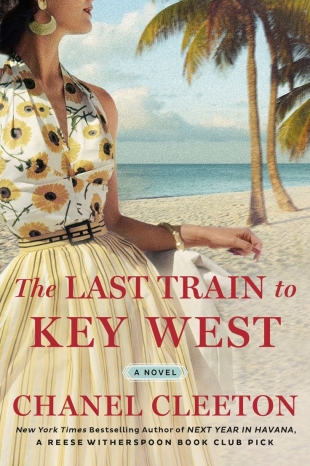 The Last Train to Key West by Chanel Cleeton
The Last Train to Key West by Chanel Cleeton 


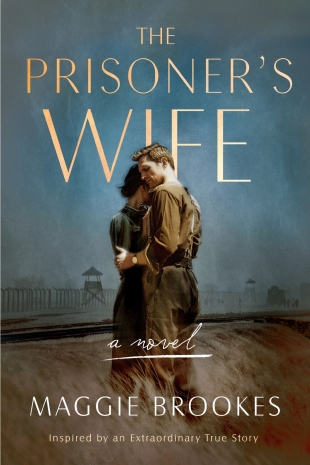 The Prisoner's Wife by
The Prisoner's Wife by 

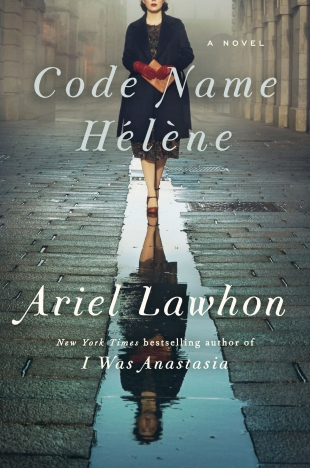 Code Name Hélène by
Code Name Hélène by 

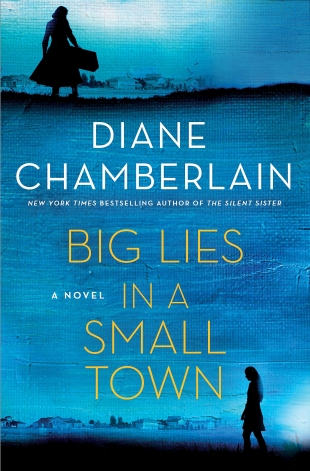 Big Lies in a Small Town by
Big Lies in a Small Town by 
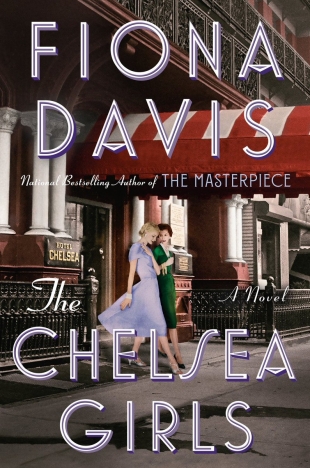 The Chelsea Girls by
The Chelsea Girls by 

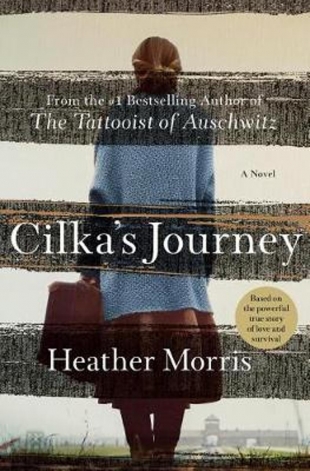 Cilka's Journey by
Cilka's Journey by 
 The World That We Knew by
The World That We Knew by 

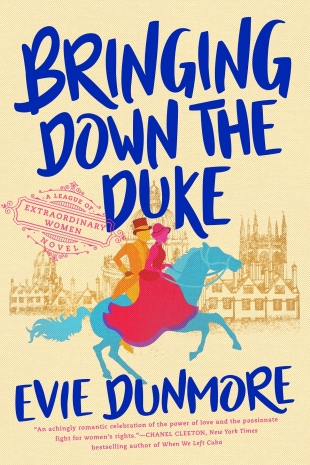 Bringing Down the Duke by
Bringing Down the Duke by 

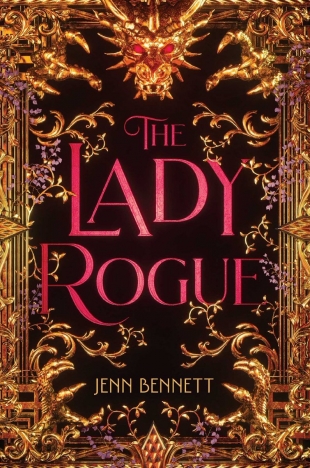 The Lady Rogue by
The Lady Rogue by 
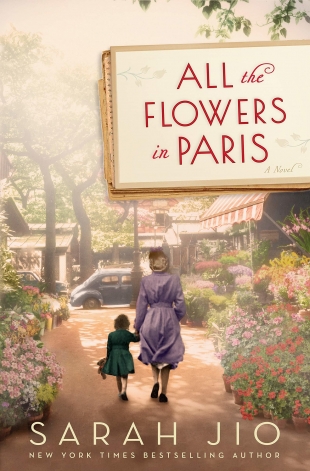 All The Flowers in Paris by
All The Flowers in Paris by 